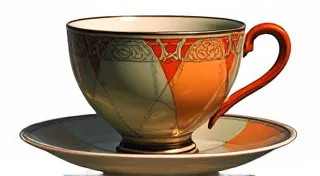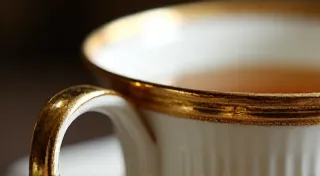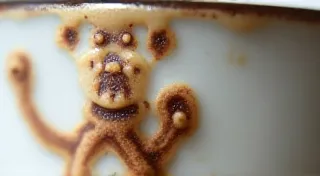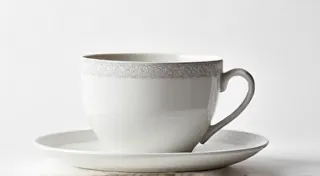Decoding Hallmarks: Your Guide to Identifying Antique Tea Cup Manufacturers
Unraveling the mysteries of antique tea cups often comes down to a tiny, often faded, mark stamped on the base. These hallmarks, or manufacturer marks, are your key to identifying the maker, age, and potential value of your treasured china. While deciphering these marks can seem daunting, with a little knowledge and practice, you're well on your way to becoming a tea cup hallmark detective. This journey isn't just about identification; it's a glimpse into a rich history of craftsmanship and design that spans continents and centuries.
Why Are Hallmarks Important?
Beyond simply knowing who made your tea cup, hallmarks provide valuable information. They can indicate:
- Age: Some marks changed over time, allowing for a rough estimation of your cup's age. Understanding the evolution of marks is crucial; earlier marks often lack detail and manufacturer names, while later marks can be quite elaborate and informative.
- Origin: Hallmarks often reveal the country of manufacture, typically England, Germany, or the United States. The styles and techniques differed significantly between these regions, and identifying the origin helps place the piece within its historical context.
- Value: Rare or desirable marks can significantly impact the collectible value of your tea cup. Certain marks are associated with exceptional quality or limited production runs, making them highly sought after by collectors.
- Pattern Identification: Hallmarks are frequently linked to specific china patterns, connecting you to the historical context of your piece. Knowing the pattern not only adds to the aesthetic appreciation but also provides clues about the cup’s intended use and the era it belonged to.
Common English Tea Cup Manufacturer Marks
England was a major center for china production, and many manufacturers left behind distinctive marks. Here's a breakdown of some common ones:
Early Marks (Pre-1862)
- Bone China: Early bone china marks were often simple words like "Bone China" or “B. China.” They lacked a specific manufacturer's name, as registration of marks wasn't required. The term "Bone China" itself signifies a specific type of porcelain distinguished by the inclusion of bone ash in its composition, lending it exceptional translucency and strength.
- Pottery Mark: Early earthenware marks were usually the company’s name, often in a stylized font. These marks often reflect the artistic sensibilities of the time, sometimes incorporating elaborate lettering and decorative flourishes.
Mid-19th Century Marks
- Shelley: Early Shelley marks often feature a shell motif. Later marks included the words "Shelley, Staffordshire" and variations of the Shelley logo. Shelley's reputation for delicate floral designs and fine bone china cemented its place in the history of English porcelain.
- Royal Albert: Royal Albert began using marks featuring a crown and the words "Royal Albert." The association with royalty instantly conveyed a sense of prestige and quality.
- Minton: Minton marks frequently incorporated the word “Minton” and sometimes included a Roman numeral for the year of registration. The complexity of the marks often reflected the advanced manufacturing techniques employed by Minton.
- Wedgwood: Wedgwood marks often show the “WEDGWOOD” name and a stylized griffin. The griffin quickly became a signature element of Wedgwood's branding, representing strength and artistry.
Late 19th - 20th Century Marks
- Spode: Spode marks usually include "Spode" and a date code. Understanding how Spode's designs evolved over time can significantly impact your assessment of the cup’s value.
- Coalport: Coalport marks often have the name "Coalport" and may also include the word "England." Coalport's legacy is intertwined with the delicate and elegant designs that characterized the Victorian era.
- Worcester: Worcester marks frequently incorporate the name "Worcester" and a depiction of the city's coat of arms. If your cup features distinctive floral patterns or gilded accents, it's worth exploring more about Worcester tea cups to appreciate the history and identifying features.
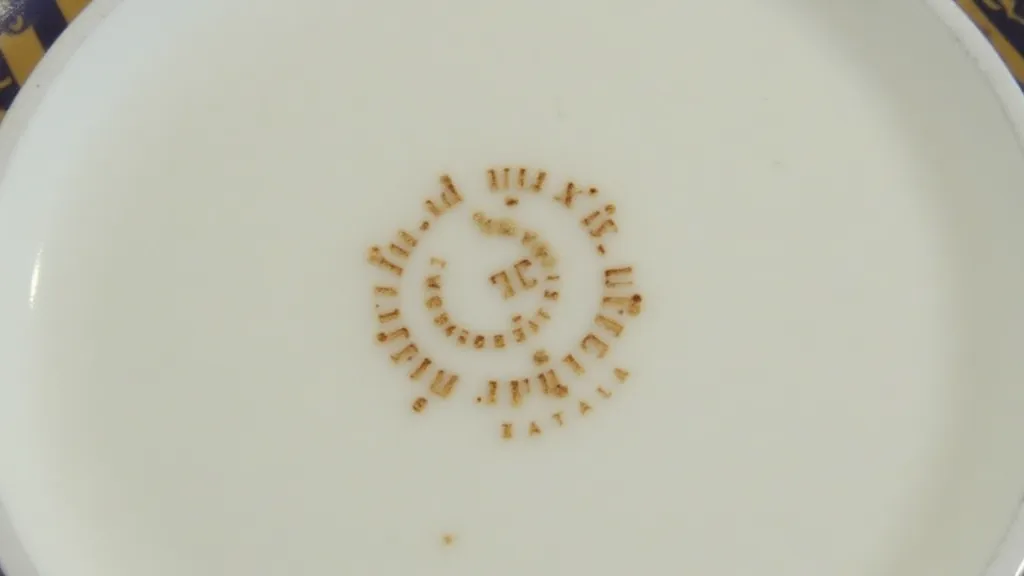
German Tea Cup Manufacturer Marks
German china manufacturers also produced a significant amount of collectible china. Identifying these marks can be more challenging, but here are a few to look out for:
- Meissen: Meissen marks are instantly recognizable by the crossed swords symbol. The crossed swords mark signifies that the piece was manufactured in Meissen, Germany, and is protected by trademark law.
- Fürstenberg: Fürstenberg marks usually include the company's name and sometimes a date code. Fürstenberg's history is marked by innovation and exquisite artistry, reflecting its position within the world of fine porcelain.
- Carlsruhe: Carlsruhe marks often feature a stylized floral design. These floral designs are often incredibly detailed and reflect the region’s rich artistic heritage.
American Tea Cup Manufacturer Marks
American manufacturers also contributed to the world of collectible china. Common American marks include:
- Rock Island Pottery: Often a simple "RI" mark. The simplicity of the mark highlights the functional and practical nature of the pottery produced by Rock Island.
- Shawnee: Marks varied over time, but often included "Shawnee" and sometimes a date. Shawnee’s designs often draw inspiration from nature and reflect the American landscape.
- Buffalo China: Look for marks indicating "Buffalo China" and a product code. Buffalo China was a major supplier of dinnerware for restaurants and institutions.
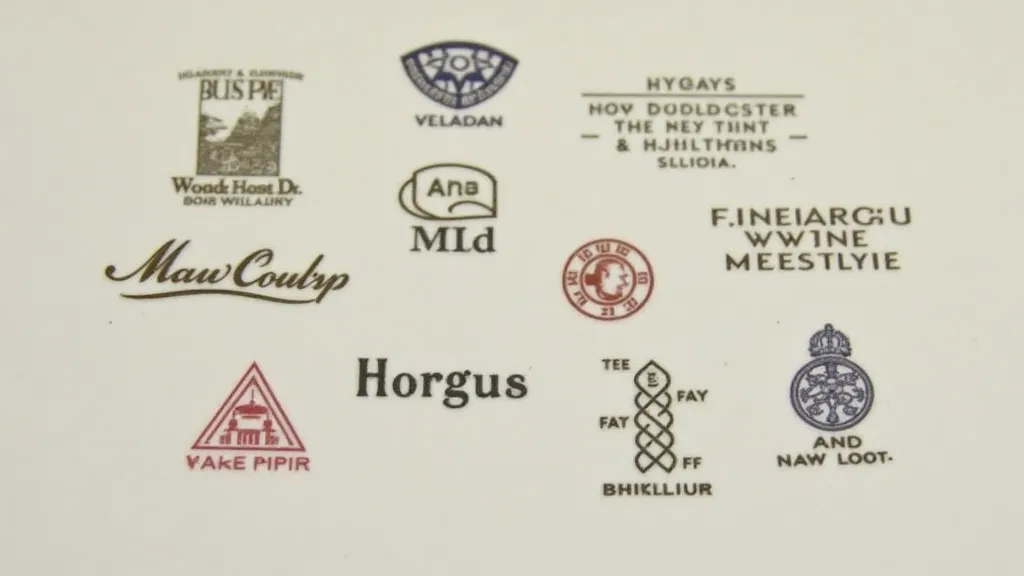
Tips for Identifying Hallmarks
Deciphering hallmarks is a fascinating pursuit, and it can often feel like piecing together a historical puzzle. If your cup exudes an aura of refined elegance and delicate craftsmanship, or if you are intrigued by the influence of romantic sentimentality in design, you might find yourself captivated by the world of Victorian china and its distinctive characteristics. For example, The Gilded Cage: How Victorian Sentimentality Shaped Antique Tea Cup Design & Value delves into this fascinating aspect of ceramic history.
- Use a Magnifying Glass: Many hallmarks are small and faded, requiring magnification to see clearly. Consider using a jeweler's loupe for even greater detail.
- Consult Reference Books and Online Resources: There are many helpful books and websites dedicated to identifying china hallmarks. Online forums and collector communities can also be invaluable resources.
- Photograph the Mark: A photograph can be helpful when seeking assistance from experts or comparing marks in reference materials. Take multiple photos from different angles and with varying light conditions.
- Consider the Style and Decoration: The style of the china and its decoration can often provide clues about the manufacturer. Is the design floral, geometric, or figurative? What colors and glazes were used?
- Be Aware of Re-marks: Some unscrupulous sellers have been known to apply fake marks to less valuable pieces. Research the mark carefully and compare it to known examples.
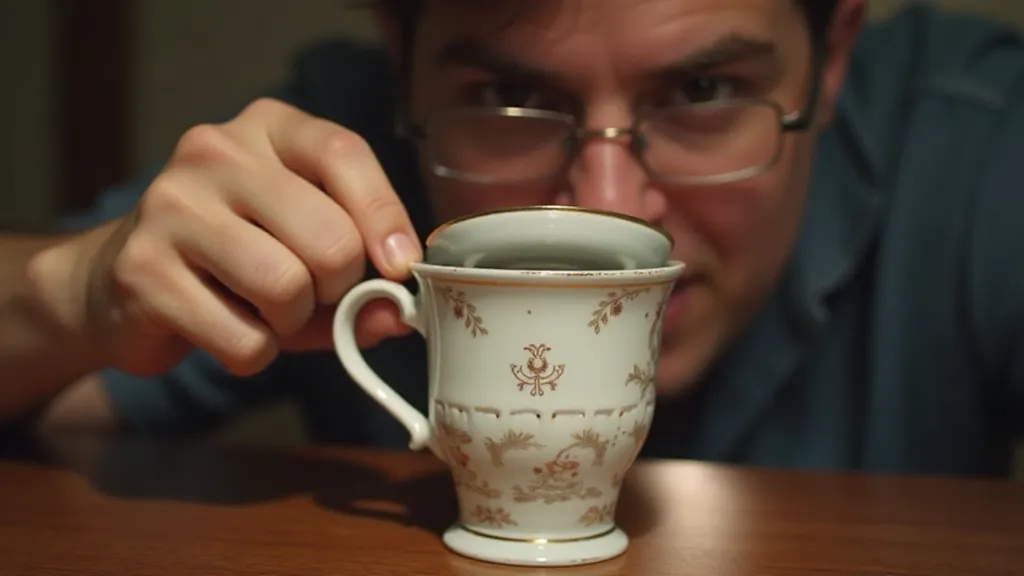
Further Research
Deciphering hallmarks is a rewarding journey into the history of china manufacturing. It’s about connecting with the hands that shaped these beautiful objects and understanding the cultural context in which they were created. If you find yourself drawn to the romantic and artistic heritage of a specific region, such as Ireland and its famed ceramics, then exploring Belleek tea cups and their unique charm and identifying characteristics may be a worthwhile endeavor. Keep learning, observe closely, and soon you’re going to be able to tell who made your treasure!
